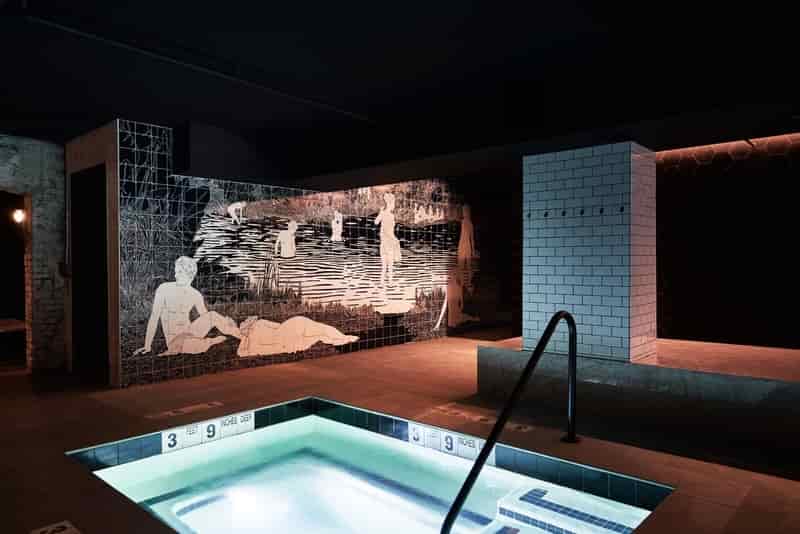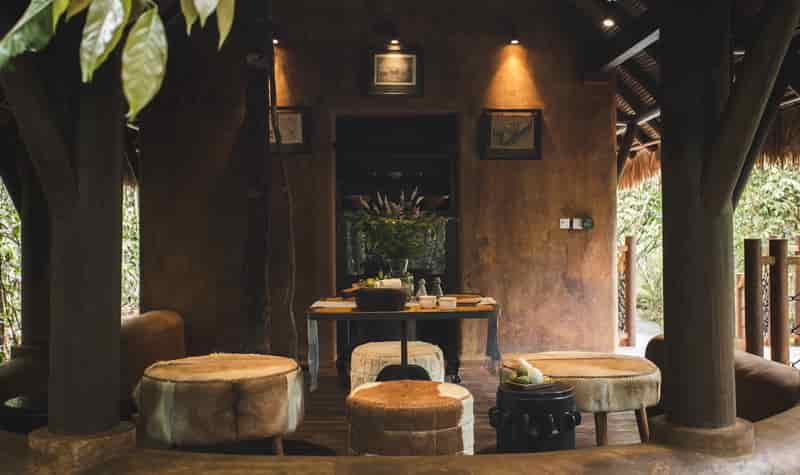
Design for health and wellbeing is a burgeoning field of research and study. Here’s how building design impacts wellbeing & the spa experience.
The built environment of a hotel, spa, or wellness business will have a big impact on people’s experience in that building and even a direct impact on their health and wellbeing. The architects and designers creating these spaces have much to take into account, going beyond the simple safety and practicality of a structure and into its potential impact on our breath, sleep, stress levels, mood, and more.
Design for health and wellbeing is, in fact, a burgeoning field of research and study, interest in which is said to be growing since the onset of the COVID-19 pandemic. We have been spending more time thinking about the design of our living environments, but also about our work, play, healthcare and vacation environments. When and why should we leave the safety of our homes for another building and what will be the impact when we do?
The growing interest in wellness-focused design
From office spaces and schools, to retail spaces, restaurants, hotels, resorts, and spas, how the people inside those spaces feel can have a make-or-break impact on the successful realization of their intended purpose.
Research indicates that wellness-focused design may contribute to increases in employee productivity, morale, teamwork, and retention. In hospital and healthcare settings, architects and stakeholders are coming together to incorporate principles of social design into the built environment in a bid to improve patient outcomes.
The design of your spa will impact the guest experience and the results of your service offerings. Air quality, noise filtering and acoustics, lighting, and the sounds and colors that you incorporate will have an impact on how people feel in that space.
Design influenced by a rich history can add an experience and enhance the journey. Working with the lines and story of an existing space will inform and influence the story of how a guest feels in that space.
For example, Bathhouse, in Williamsburg, Brooklyn, is located in a transformed 1930s soda factory. The space, designed by Manhattan firm Verona Carpenter Architects, houses a restaurant and subterranean spa influenced by Scandinavian saunas, Turkish hammams, and Russian banyas.
Bathhouse has been lauded for its unique design that stays true to the building’s heritage. Dezeen reported that the 600-square-metre underground spa features original brickwork, geometric matte-black tiles, and a custom tile mural by illustrator Amit Greenberg depicting an Ancient Roman-inspired bathing scene.

And, let’s not forget how things smell. What people smell in your space is of the utmost importance. Interestingly, new research suggests that vanilla is the most loved smell in the world.
Incorporating natural elements into design, including plants and water features may have a positive impact, as exposure to nature is said to enhance wellbeing and health outcomes.
More aspects of wellness design include whether furniture is actually comfortable, rather than simply nice to look at, and places for social gathering, as people have always craved community.
Spas should be welcoming and relaxing environments, while fitness areas must not be too sleepy, but rather, lend themselves to motivation. It’s a lot to think about.
The built environment and interior design of your spa affects your team too
And your guests are not the only people to consider. You want your staff to feel comfortable, at ease, motivated to provide the best service, and you want them to be happy when they come to work. The spaces where they rest, rejuvenate, and eat, should be among the top concerns. Comfortable seating and appropriate lighting matter. Your team members also need windows and plants, where possible.
Blurring the lines between indoors and outdoors is among the best strategies, so people can sit in the sun and breathe fresh air whenever possible, and another increasingly popular design strategy.
Bill Bensley’s designs are excellent examples of this. Among them are the Khmer Tonic Spa at the stunning Shinta Mani Wild in Cambodia, which is just two treatment rooms nestled amid giant natural rocks in the forest canopy.

Though most spa directors and managers are unlikely to be designing a spa themselves, an understanding of wellness design principles employed in your space will help you optimize their efficacy. Take note of the elements that create and contribute to particular experiences and positive spaces – a smell, a color, a soft fabric, and the light coming through a particular window – to enhance a tranquil or memorable moment.
Spa Executive is published by Book4Time, the leader in guest management, revenue and mobile solutions for the most exclusive spas, hotels, and resorts around the globe. Learn more at book4time.com



